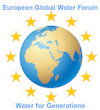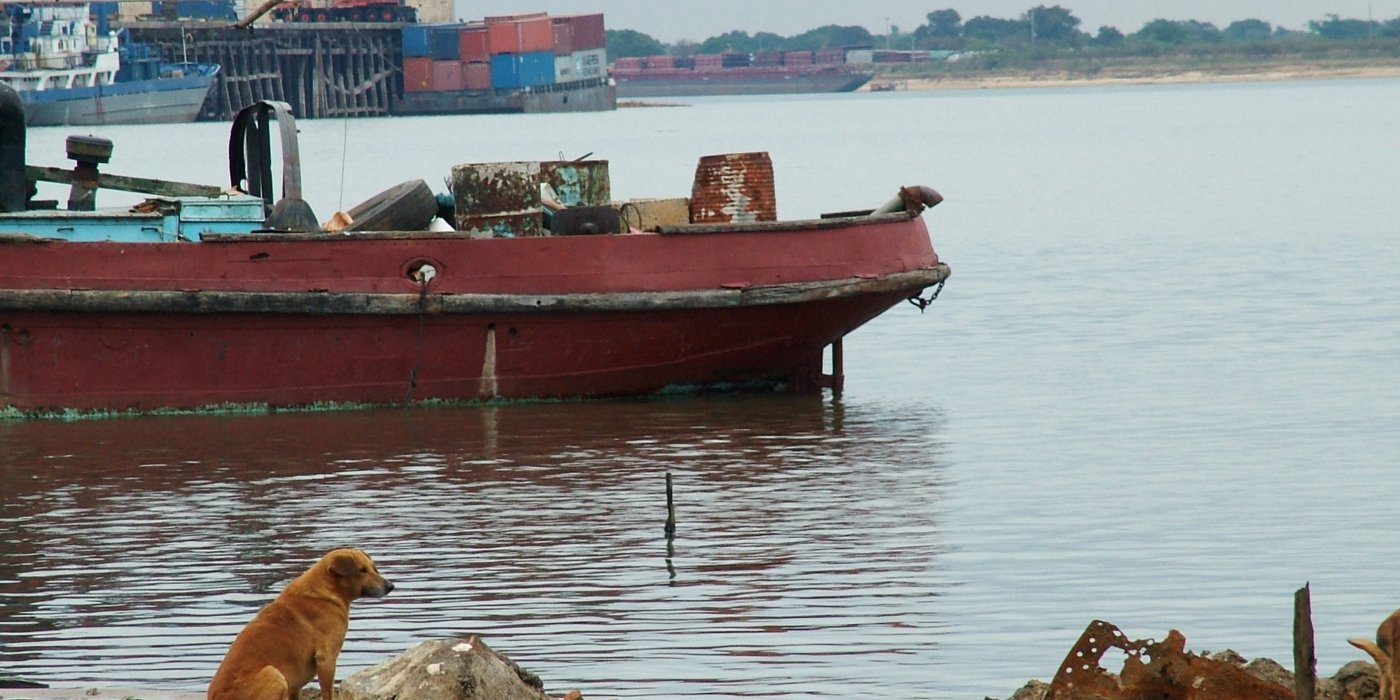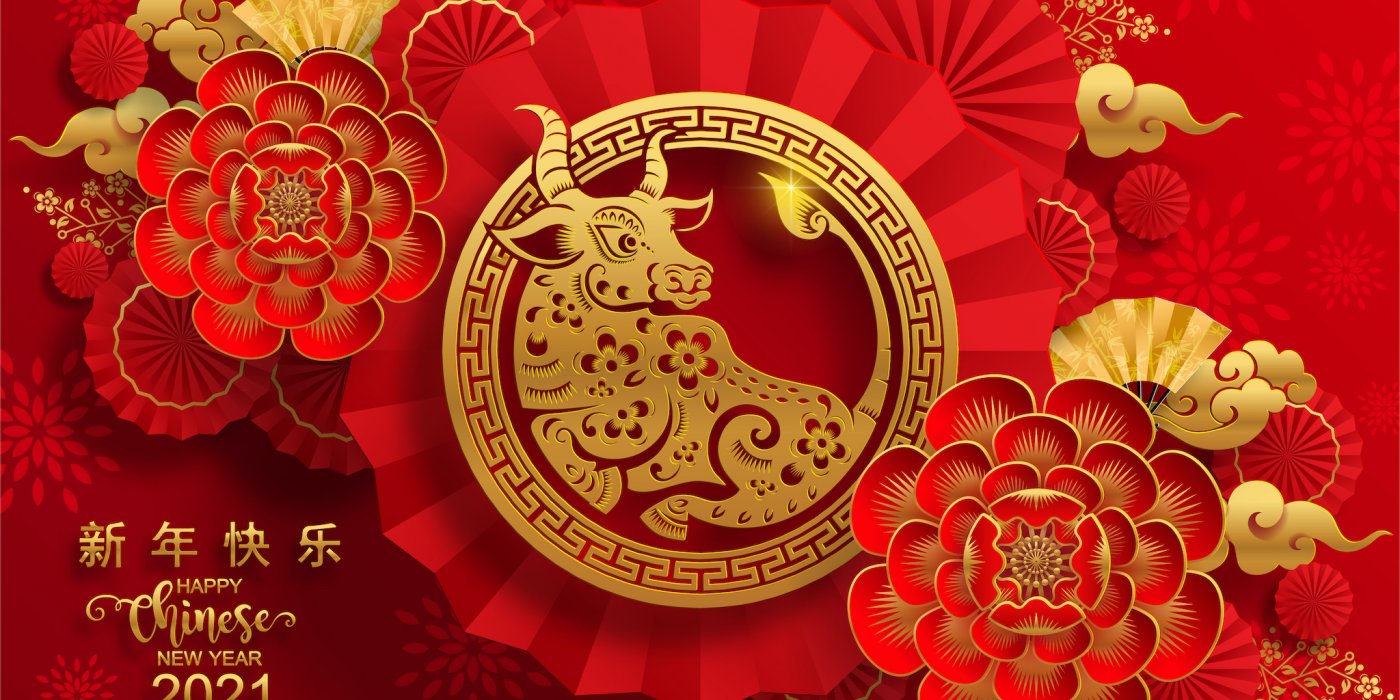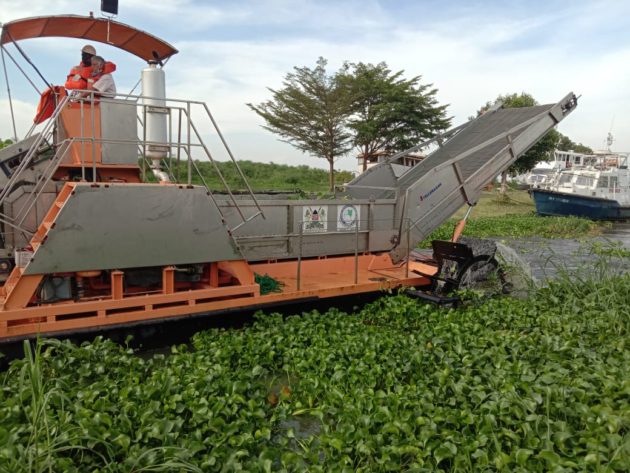Lake Victoria Circular Economy – Renewable Energy
The African continent has an enormous renewable energy potential which just began to be harnessed successfully. The adoption of innovative, affordable, and efficient renewable energy solutions will support Africa in achieving sustainable development growth and economic transformation.
Experience has shown that existing innovative solutions and technologies generated for developed markets need to be adapted and tailored to, the multi-faceted context of Africa. The goal is to bring not only economic but also environmental, social, and health benefits to the continent.
Our consortium has a solution to the ongoing water-energy-food nexus action, which would consider both urbanized and rural contexts in Africa, with the aim of answering 13 out of the 17 UN SDGs.
If you like to know more, please contact us.




